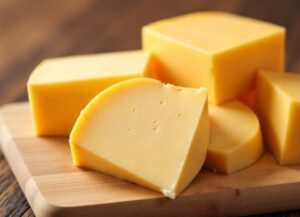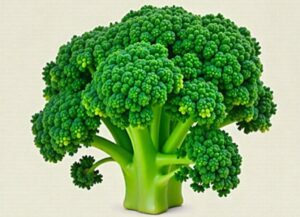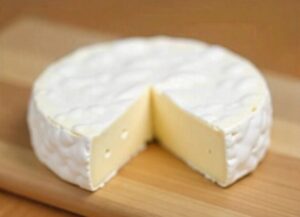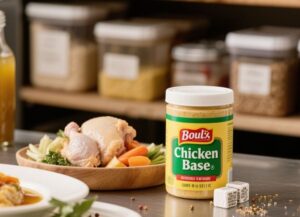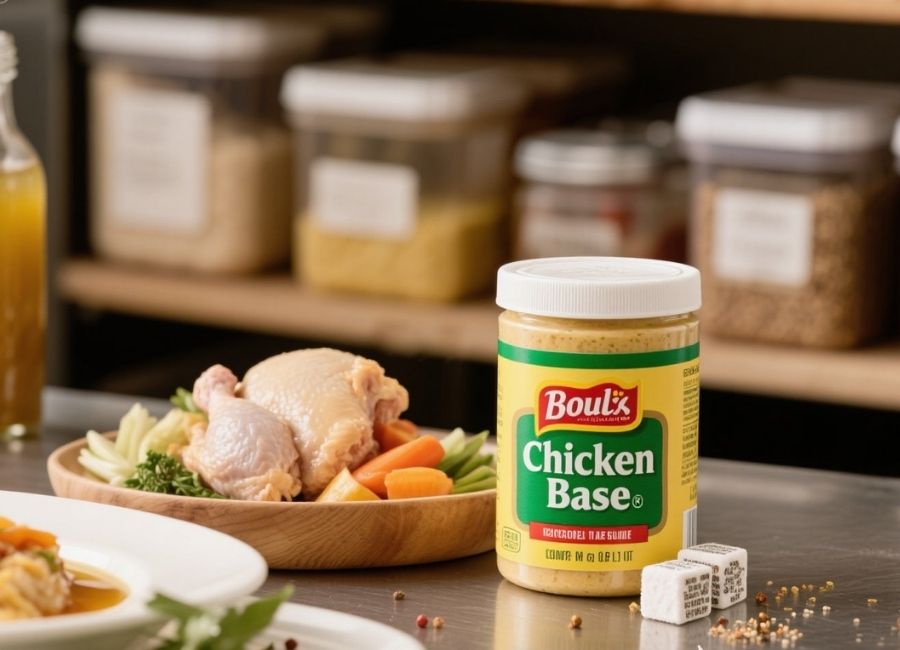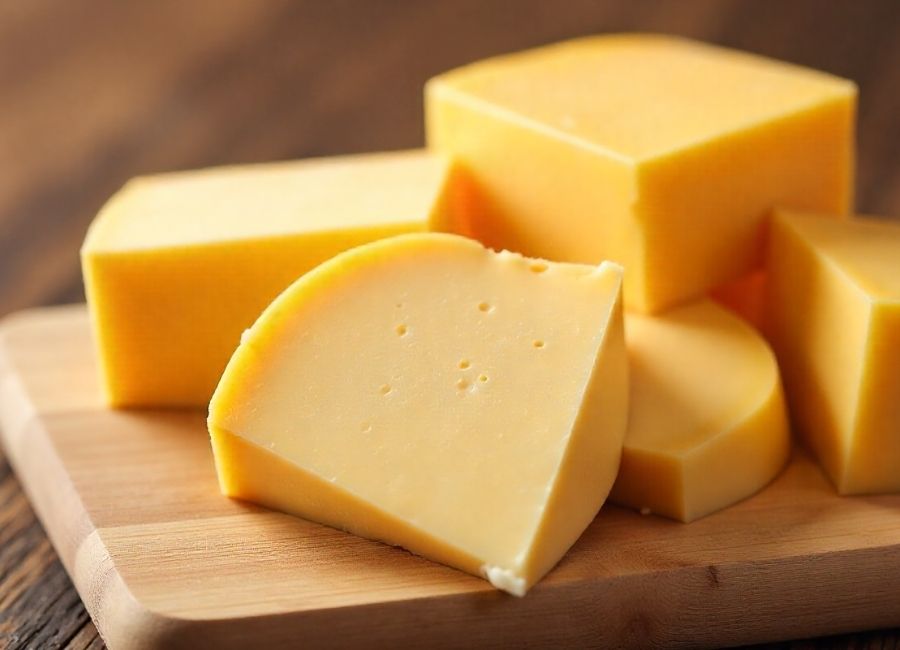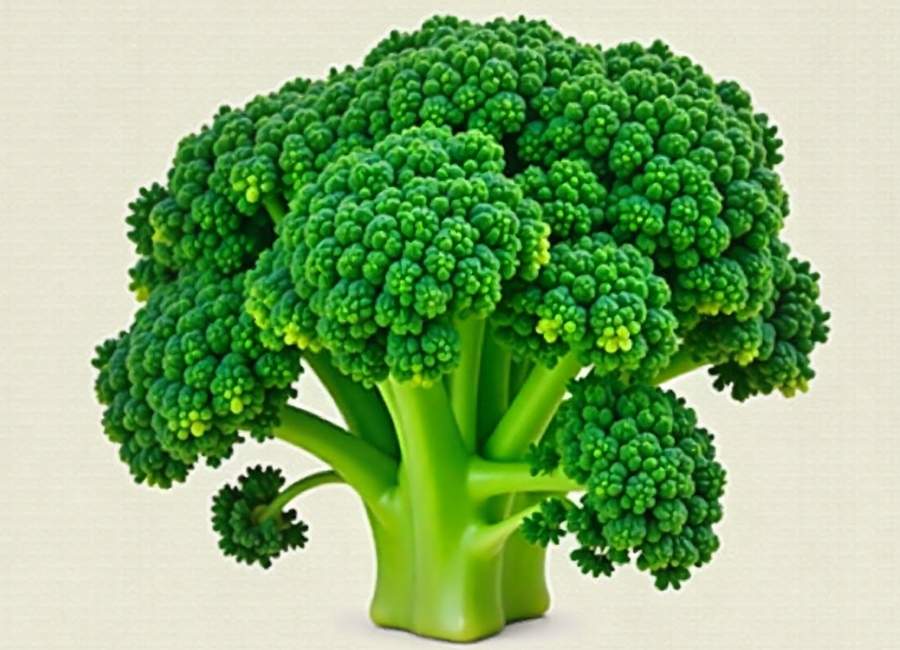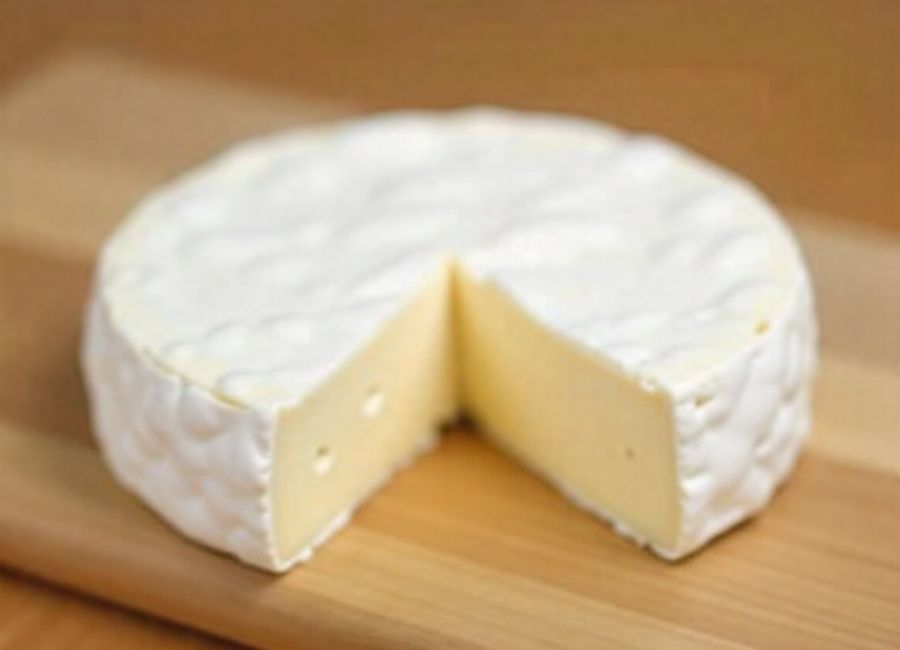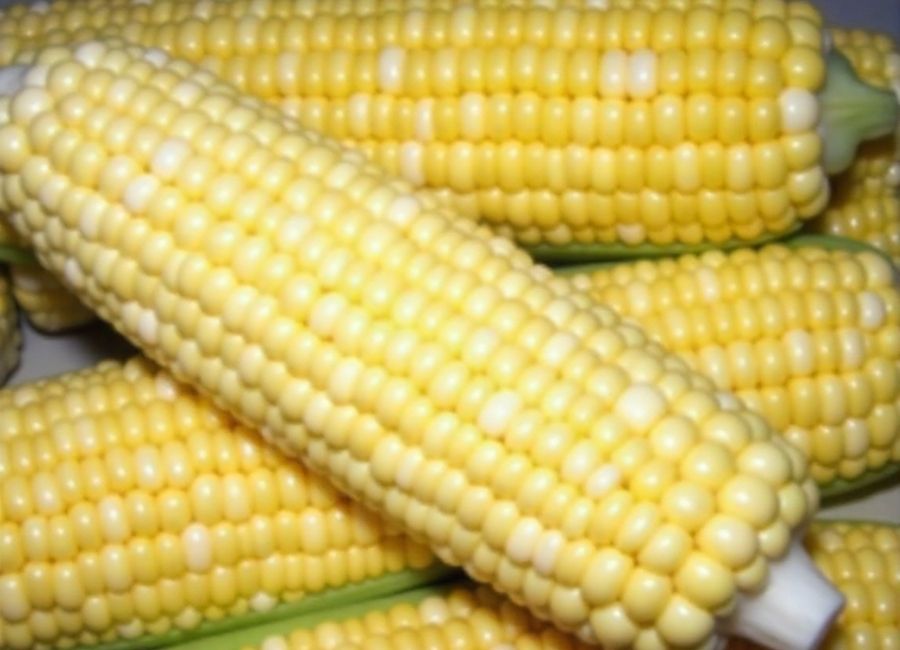Walk into any professional kitchen, and you’ll find chicken base tucked away in the pantry alongside other culinary workhorses. Yet for Home cooks, this ingredient often remains a mystery—overshadowed by its more familiar cousins, chicken stock and bouillon cubes.
Chicken base is a concentrated paste made from cooked chicken, vegetables, and seasonings. Think of it as the flavor powerhouse that transforms ordinary dishes into restaurant-quality meals. Unlike liquid stock that takes up precious fridge space or bouillon cubes that can taste overly salty, chicken base offers convenience without sacrificing depth of flavor.
Whether you’re looking to streamline your cooking process or elevate your recipes, understanding chicken base will change the way you approach everything from soups to sauces.
Understanding Chicken Base
Chicken base is a thick, paste-like concentrate that packs intense chicken flavor into a small amount. Manufacturers create it by slowly simmering chicken meat, bones, and aromatic vegetables until the liquid reduces and the flavors concentrate. The resulting paste contains gelatin from the bones, which gives it a rich, velvety texture when reconstituted.
Most commercial chicken bases include salt, natural flavors, and sometimes additional seasonings like garlic or herbs. The ingredient list matters—quality-based list chicken as the first ingredient, while cheaper versions may rely heavily on salt and artificial flavoring.
You’ll typically find chicken base sold in jars ranging from 8 ounces to several pounds. A little goes a long way: one teaspoon of base mixed with eight ounces of hot water creates a cup of chicken broth.
Chicken Base vs. Stock vs. Bouillon
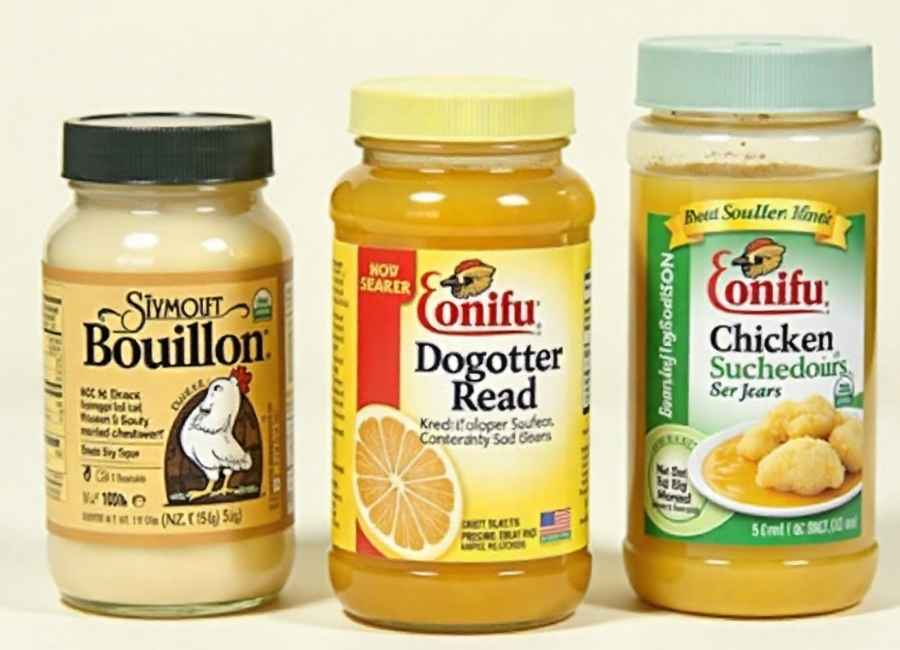
The grocery store aisle offers several chicken-flavored options, each with distinct characteristics.
Simmering chicken bones makes chicken stock in water for several hours. It’s mild, versatile, and contains gelatin that adds body to dishes. However, it’s mostly water, which means it takes up significant storage space and has a short shelf life once opened.
Chicken bouillon comes in cube or granulated form. It dissolves quickly in water but often contains high sodium levels and artificial ingredients. The flavor can taste one-dimensional compared to base or homemade stock.
Chicken base sits between these two options. It offers the depth and complexity of homemade stock with the convenience and long shelf life of bouillon. The paste form means you can easily control the concentration—adding more or less depending on whether you want a subtle background flavor or a pronounced chicken taste.
From a cost perspective, chicken base typically provides better value than buying multiple cartons of stock. One jar can replace dozens of store-bought cartons, and it won’t go bad as quickly once opened.
How to Use Chicken Base
The most straightforward use is reconstituting it into broth. Mix one teaspoon of chicken base with one cup of hot water, adjusting the ratio to taste. This creates an instant broth for soups, cooking grains, or any recipe calling for chicken stock.
But chicken base shines when used as a flavor enhancer rather than just a stock replacement. Stir a small amount directly into dishes to boost savory depth:
- Add half a teaspoon to gravies and pan sauces for a richer flavor
- Mix into mashed potatoes or risotto while cooking
- Blend with butter and herbs to create compound butter for vegetables
- Stir into marinades or rubs for chicken, pork, or vegetables
- Enhance stuffing or dressing by dissolving the base in the liquid ingredients
The concentrated nature of chicken base means you can add chicken flavor without adding excess liquid that might throw off a recipe’s consistency. This makes it particularly useful in dishes where you want flavor but not moisture, like sautéed vegetables or rice pilaf.
When cooking with chicken base, remember it contains salt. Taste as you go and adjust your seasoning accordingly. Start with less base than you think you need—you can always add more.
Choosing Quality Chicken Base
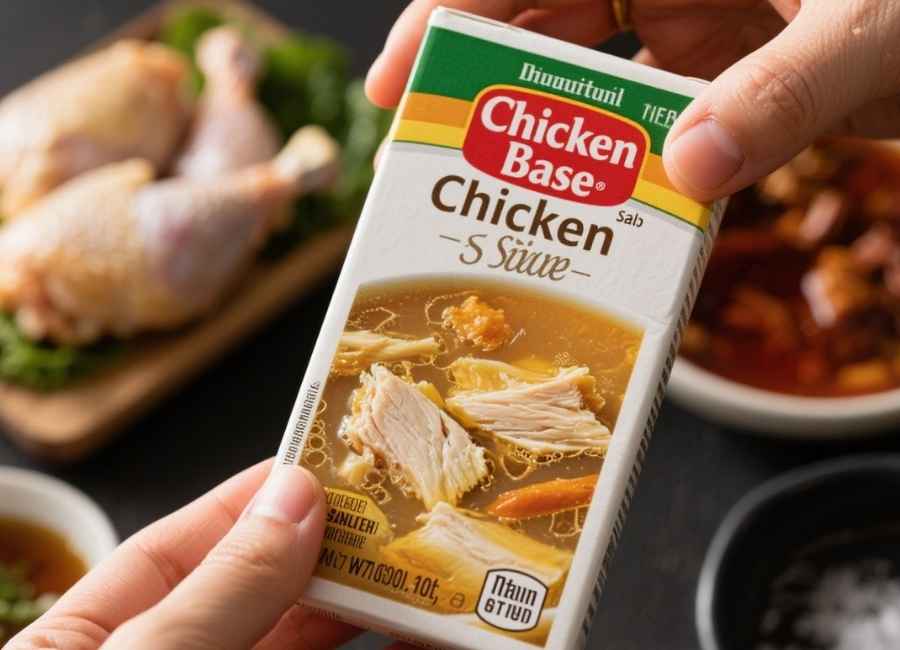
Not all chicken bases deliver the same quality. Reading labels helps you identify which products will genuinely enhance your cooking.
Look for bases where chicken or chicken stock appears as the first ingredient. Quality matters here: bases made from real chicken meat and bones will taste more complex than those relying primarily on chicken fat and artificial flavoring.
Check the sodium content. While all chicken bases contain salt as a preservative, some brands pack in excessive amounts. Compare labels and choose options with lower sodium if you’re watching your salt intake.
Avoid bases with long lists of unrecognizable ingredients, artificial colors, or flavor enhancers like MSG (unless you specifically want MSG in your cooking). Cleaner ingredient lists generally indicate better quality.
Some popular brands include Better Than Bouillon, which offers both regular and organic options with chicken as the first ingredient. Minor’s is another well-regarded brand used in many professional kitchens. For those seeking organic or low-sodium options, several specialty brands cater to these needs, though they typically cost more.
Store your chicken base in the refrigerator after opening. Most bases will keep for 12-18 months when properly stored, though checking the specific product’s guidelines ensures freshness.
Making Your Own Chicken Base
Home cooks who regularly make chicken stock can reduce it further to create their own chicken base. This gives you complete control over ingredients and sodium levels.
Start with homemade chicken stock. Strain it to remove all solids, then return it to the stove. Simmer the stock over medium-low heat, uncovered, until it reduces to about one-tenth of its original volume. The liquid will become thick and syrupy as the gelatin concentrates.
Season the reduced stock with salt to taste—the salt acts as a preservative. You can also add other seasonings like black pepper, herbs, or roasted garlic.
Pour the finished base into ice cube trays or small containers for easy portioning. Once frozen, transfer the cubes to freezer bags. Each cube equals roughly one teaspoon of base.
Homemade chicken base requires significant time and yields a smaller quantity than store-bought options. However, it offers superior flavor and lets you avoid additives or excess sodium.
Common Questions About Chicken Base
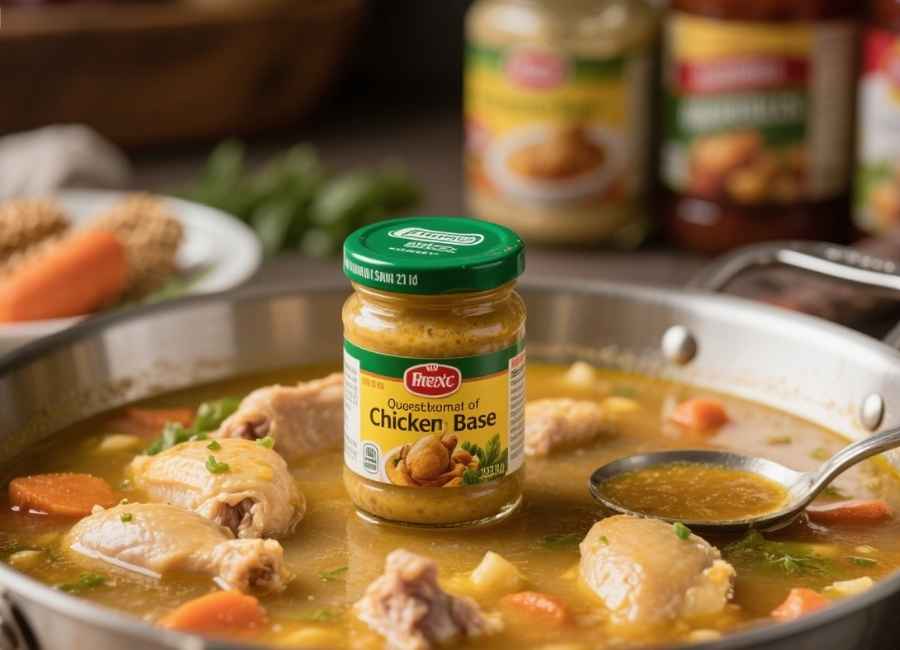
Can I substitute chicken base for stock in any recipe?
Yes, but adjust the ratio. Use one teaspoon of base per cup of water as a starting point, then taste and adjust. For recipes where concentrated flavor works better than liquid, you can add the base directly without reconstituting it first.
Is chicken base gluten-free?
Many brands are gluten-free, but always check the label. Some bases contain wheat-based ingredients as thickeners or flavor enhancers.
How long does chicken base last?
Unopened, jarred chicken base can last 1-2 years in the pantry. Once opened, refrigerate it and use it within 12-18 months. Always check for signs of spoilage, like off odors or mold, before using.
Can I use chicken base in vegetarian cooking?
Chicken base contains animal products, so it’s not suitable for vegetarian diets. However, many brands make vegetable-based products using the same concept—look for these in the same store section.
Upgrade Your Cooking with Chicken Base
Chicken base deserves a permanent spot in your kitchen. It delivers the rich, complex flavor of homemade stock without the time investment, and it offers more depth than bouillon while taking up less space than liquid stock.
Keep a jar in your refrigerator and start experimenting. Use it to build layers of flavor in weeknight dinners, enhance holiday dishes, or make a quick cup of broth when you need something warming. Once you experience the difference it makes, you’ll wonder how you cooked without it.
